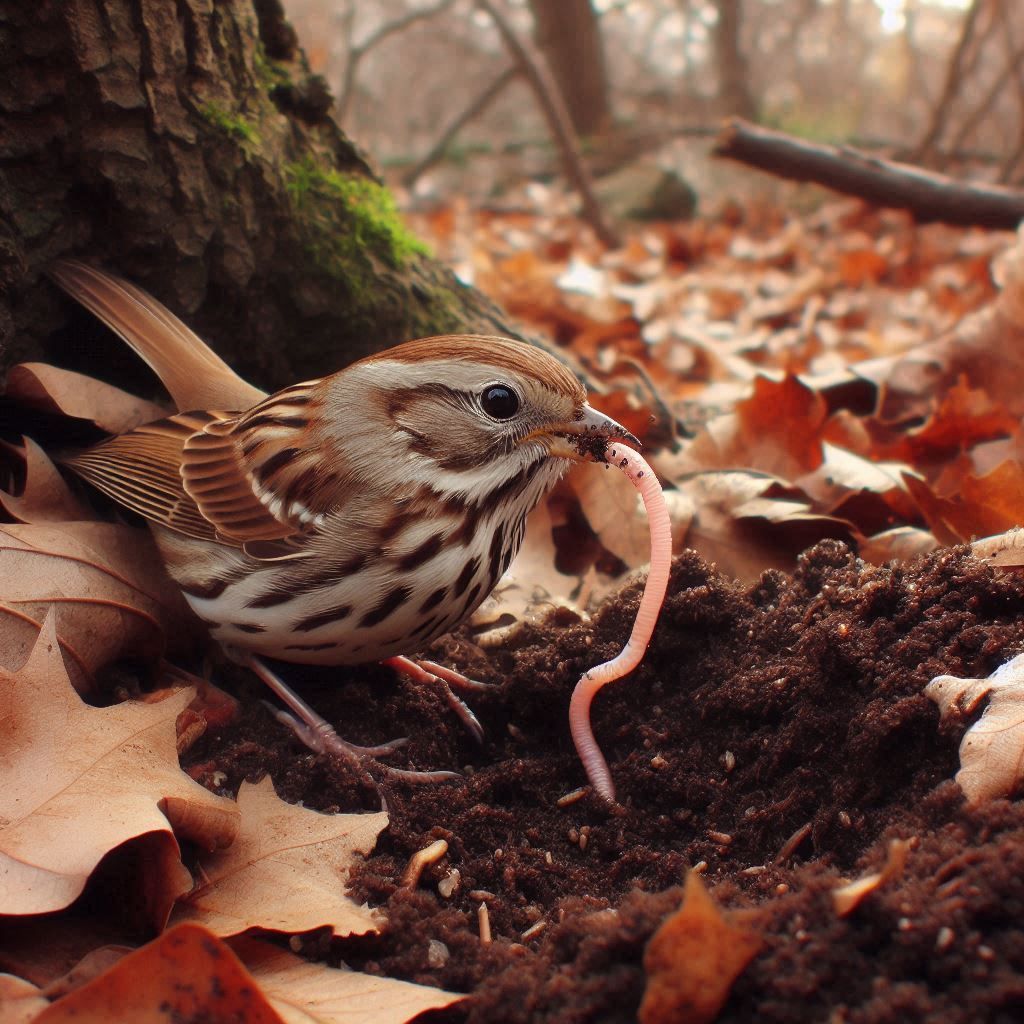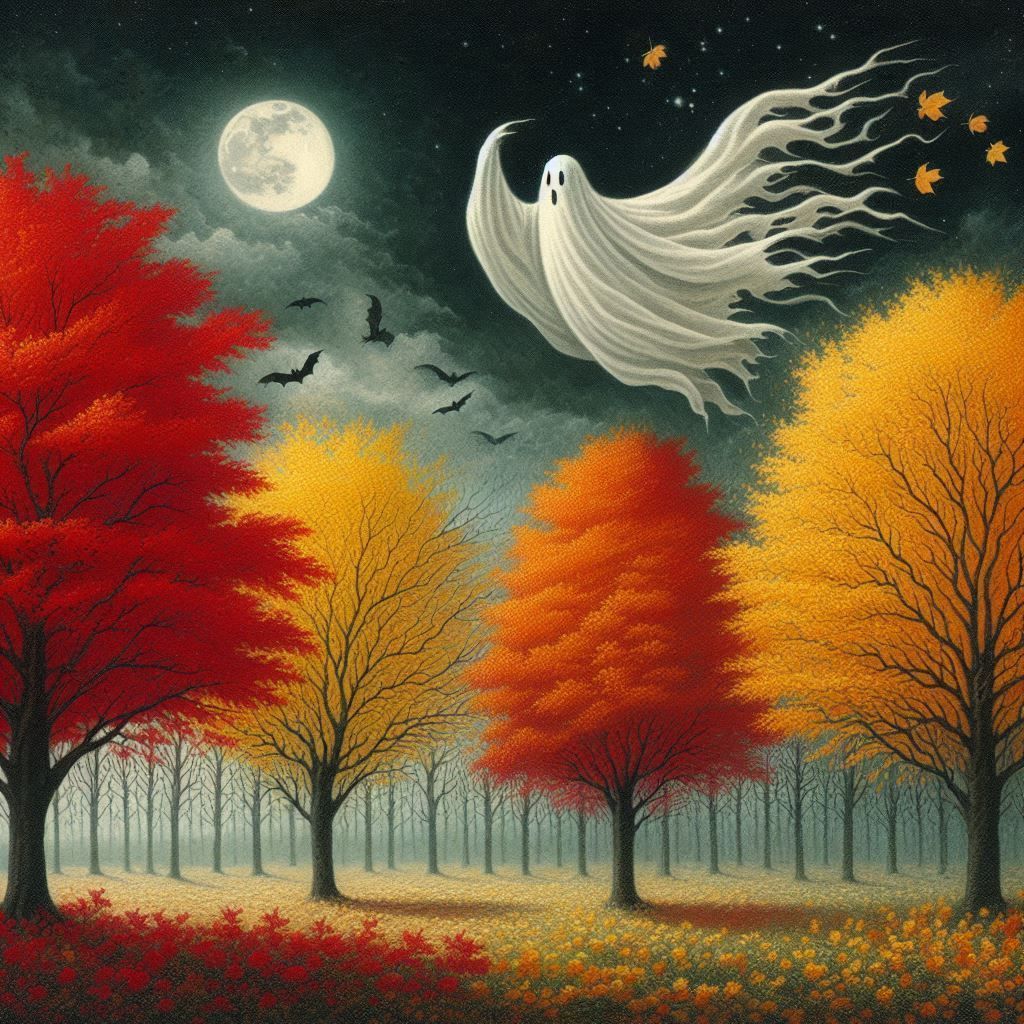Garden
A friend once advised me that a garden is a work of art that is never truly finished, and she was right. I began work on Stone Harvest’s current flower gardens thirty-eight years ago, shortly after I purchased from my father, two uncles, and four other gentlemen the land in Lightfall Hollow they had jointly owned as their hunting ground and family retreat since I was a toddler.
It is astonishing to look back now and realize those seven men were then about the same age I am today. At the time, I thought they were old, and that was sad. But now, as I hurtle toward seventy, I see advanced age as when the pieces of the puzzle that is any person’s life begin to come together. The last season of earthly existence a golden opportunity to achieve great insight, spiritual depth, and, if one is both extraordinarily lucky and hardworking, maybe even wisdom. Provided basic human needs are met, and there is love, beauty, and living in relative peace, comfort, and dignity, the autumn is a wonderful time to be alive.
Anyhow, thirty-eight years ago, the seven gentlemen were ready to let go of Lightfall Hollow, and I was given the privilege to have more wholly in my life the mountain woodland hollow I had fallen in love with from atop my father’s shoulders. I put it that way because I know I do not truly own this land. Whatever is the power that originally created and subsequently creates anew this piece of heaven every moment of every day and night is the rightful owner. I am simply the caretaker.
I take my job very seriously. Although sometimes I wonder what, not only the seven, now deceased members of the hollow’s original hunting camp, but also the indigenous people who hunted here for centuries prior would think of all my flower gardens invading their wilderness. But I have received no hauntings from angry ghosts, so I assume everyone is okay with my makeovers.
When I began my floral transformation thirty-eight years ago, the only humanly planted flowers here were the daffodils that still bloom each spring on the steep hillside between the hollow’s road and the pond my dad and uncle built. It was just those cheerful, yellow daffys and, oh, yeah, those wretched multiflora rose bushes. Their dense, impenetrable thickets were everywhere. They smothered the woods and made the banks of the pond I swam in as a little girl impossible to walk.
Those horrible excuses for flowers were intentionally planted by my dad and uncle back around 1960 or so because the state of Pennsylvania was handing them out for free, and the two unwitting men thought the plants, them being roses and all, would make a lovely surprise for their wives. I can still hear my father’s voice, “Your mother will be so pleased.”
Well, maybe she was. However, what a mistake those multiflora roses turned out to be. Pennsylvania had not done its homework. The plant the commonwealth thought would provide erosion control, restore wildlife habitats, and make living fences for livestock turned out to be an exceedingly invasive, noxious weed that has ever since ravaged countless acres of idyllic countryside.
For years, I spent long days hacking away at those rosebushes from hell. By evening, I would be covered in bloody stab wounds. Eventually, I got the nasty devils somewhat under control, but not eliminated. Every winter, I still go on a search and destroy mission, cutting down and ripping out those godawful multiflora roses.
On the upside, when my dad and uncle were still living, their rosy blunder gave me an excuse to lovingly kid and trade friendly barbs with two men I adored. Even now, when I hack away at the multiflora roses that still rear their wicked heads upon this divine piece of Earth I am honored to call home, I cannot help but remember my dad and my uncle, and despite the pain of
wounds and loss, I smile a fond smile.
Many of the other flowers here in Lightfall Hollow, both those that are wild and those that I cultivate, are also bearers of warm memories. Lilacs and violets evoke recollections of my mother. It was always a toss-up which one of the two was her favorite. While the only flowers I remember her growing were a Peace Rose, a pussy willow, and a small plot of zinnias. I suppose that was because our family home, a nondescript suburban duplex, had as its only green space a tiny backyard. Sandwiched in between the characterless house and the dilapidated garage, it was a meager, blah patch of hard, bare dirt.
Yet, my mother turned a good half of that lifeless, little backyard into a vibrant garden of Peace Roses, pussy willows, and zinnias. It bothers and disappoints me to no end that I have never had much luck with either tea roses, pussy willows, or zinnias.
Tea roses, I can understand. They can be greedy spoiled brats. On the contrary, pussy willows and zinnia should be child’s play to grow.
Except I learned a long time ago that I do not get to choose the flowers that will grow in my gardens. Rather, the flowers that will grow in my gardens choose me. Apparently, tea roses, pussy willows, and zinnias are not all that crazy about me. I don’t know why, and when I ask them, they remain silent.
Luckily, fairy roses, Robin Hood roses, and even a climbing Queen Elizabeth do seem to like me. Then there are the slippery willow shrubs my husband and I planted along our creek as a restoration measure. Their catkins may not be as big and fluffy as the fur-like buds on my mother’s pussy willows, but they are still sweet and kitteny. As for the zinnias, this year I am giving them one last try. Although I say that one last try thing about me and the zinnias every year.
Despite multiple failures, I keep trying to grow those many-petaled, vividly colored, spicy fragranced, statuesque flowers because they remind me so much of my mother. Zinnias are strong, resilient, tough. They persevere under even the harshest of conditions. My mother was like that too.
She was also the most difficult person I have ever known.
Yet, the thing is, I also learned a long time ago that a difficult personality is one of the ways an indomitable spirit manifests itself. And my mother was an indomitable spirit. Truly brave. She never gave up. I am so lucky she was and will always be my mother.
So, of course, I keep trying to grow zinnias. It’s a matter of praise. A grateful homage to a beloved.
Which is a fair piece of what the flowers in my gardens are. They’re living commemorations. They bring back memories and celebrate people who helped and will always help me know life as the wonder it is.
Included among these flowers are the ones gifted me by fellow gardeners. I have many, and they are particularly special to me. Which brings up another memory.
When I was living outside of Washington, D.C., at the intersection of two busy streets in Annandale, Virginia, I gardened there as well. One autumn day, as I was tending my garden, an older gentlemen appeared at my side. He didn’t say much. As abruptly as possible, he told me his wife had died of cancer the year before, and now he too was dying of the disease. Then he shoved a dirty paper bag in my hand and said, “Here. These were my wife’s She loved them. Now, I want you to have them. I figure you’ll know what to do with them.” Then he turned and walked away.
The bag contained tulip bulbs. He had not stored them properly, and they were rotted. I planted them anyway.
The next spring, a single red tulip bloomed.
When I left Annandale, Virginia, I did not take that one live bulb with me. And here at Stone Harvest, I don’t even try with tulips because the wildlife eat them as fast as I can plant them. Nonetheless, each spring, when I am down on my knees, digging in the dirt, luxuriating in the good earth’s rich, warm smell and feeling its vitality cleansing my gloveless hands, I recall that sole red tulip. And I remember too the brusque gentleman of few words and his wife whom I never even met in person, and I feel like they are with me, and we know each other well.
Another example of how people, as it is with my mother, are like gardens. Works of art that are never truly finished.
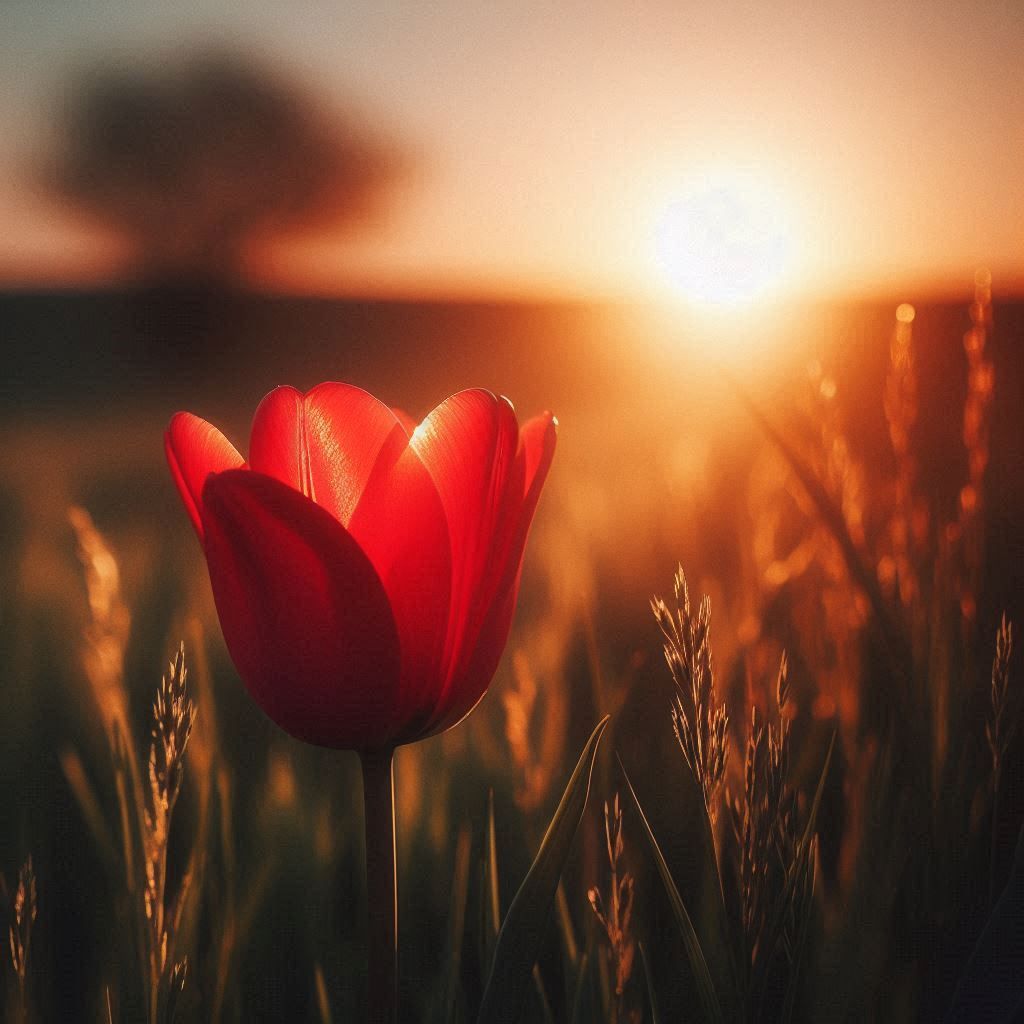
Credit: Bing Image Generator

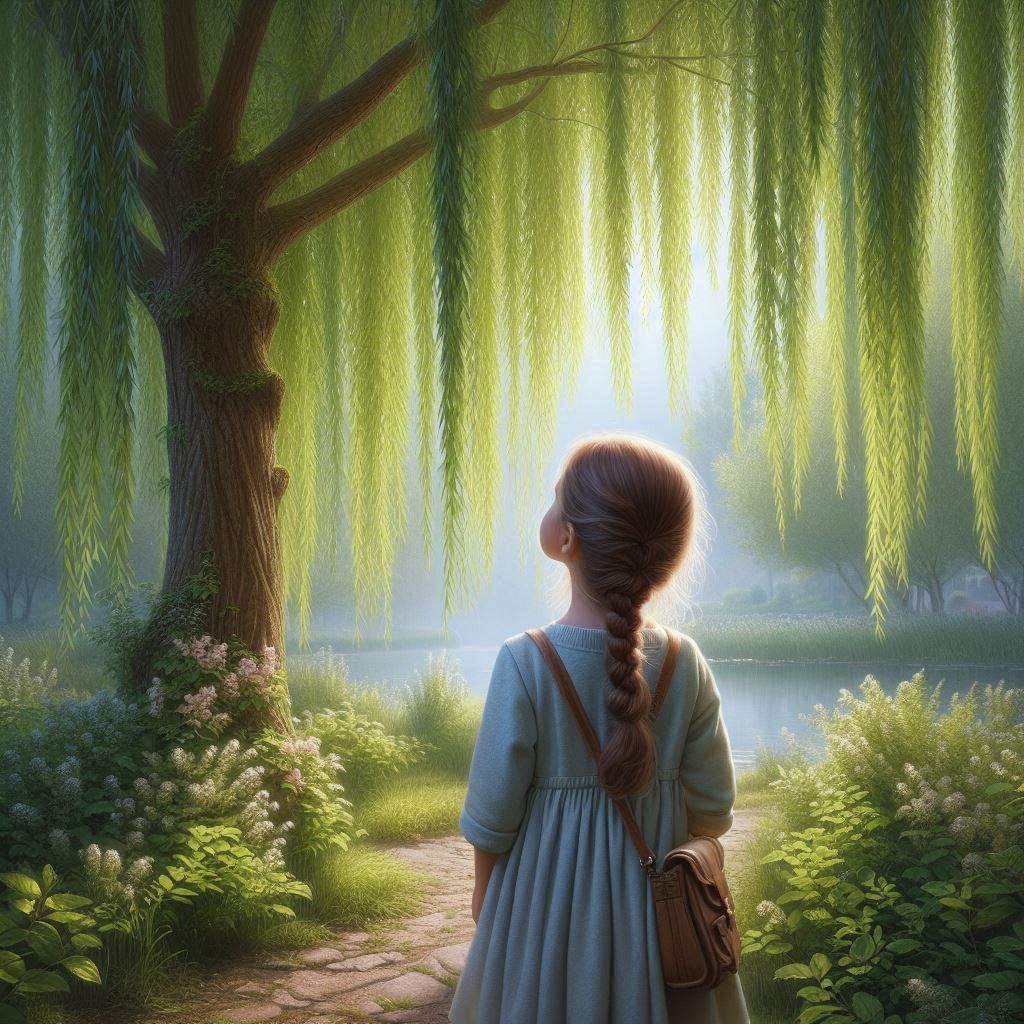
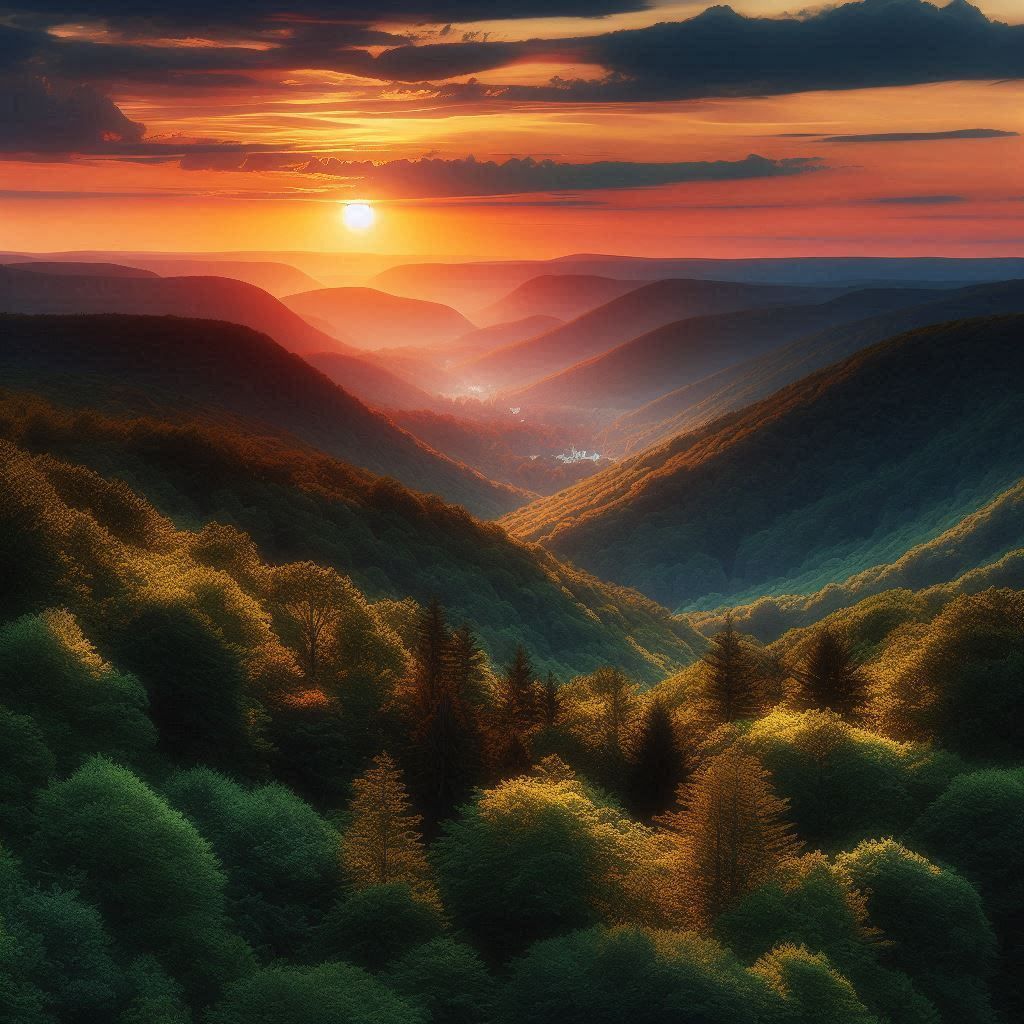

All Rights Reserved | Susan C. Ramirez




